Cognitive Theory Of Dreaming - Hall proposes a cognitive theory of dreams that views them as the embodiment of thoughts. A comprehensive book that presents the neurocognitive theory of dreaming, based on neural, cognitive, and content analyses of. Domhoff argues that dreaming is a form of waking cognition that expresses people's conceptions and concerns, and that it can be explained by a. He argues that dreaming is a process. William domhoff's neurocognitive theory of dreaming is the only theory of dreaming that makes full use of the new neuroimaging.
Hall proposes a cognitive theory of dreams that views them as the embodiment of thoughts. A comprehensive book that presents the neurocognitive theory of dreaming, based on neural, cognitive, and content analyses of. Domhoff argues that dreaming is a form of waking cognition that expresses people's conceptions and concerns, and that it can be explained by a. He argues that dreaming is a process. William domhoff's neurocognitive theory of dreaming is the only theory of dreaming that makes full use of the new neuroimaging.
He argues that dreaming is a process. Hall proposes a cognitive theory of dreams that views them as the embodiment of thoughts. William domhoff's neurocognitive theory of dreaming is the only theory of dreaming that makes full use of the new neuroimaging. A comprehensive book that presents the neurocognitive theory of dreaming, based on neural, cognitive, and content analyses of. Domhoff argues that dreaming is a form of waking cognition that expresses people's conceptions and concerns, and that it can be explained by a.
Exploring Cognitive Dream Theory An Insightful Introduction
Domhoff argues that dreaming is a form of waking cognition that expresses people's conceptions and concerns, and that it can be explained by a. William domhoff's neurocognitive theory of dreaming is the only theory of dreaming that makes full use of the new neuroimaging. He argues that dreaming is a process. Hall proposes a cognitive theory of dreams that views.
PPT Freud’s Interpretation of Dreams Key Ideas PowerPoint
Hall proposes a cognitive theory of dreams that views them as the embodiment of thoughts. William domhoff's neurocognitive theory of dreaming is the only theory of dreaming that makes full use of the new neuroimaging. A comprehensive book that presents the neurocognitive theory of dreaming, based on neural, cognitive, and content analyses of. He argues that dreaming is a process..
PPT Dreams PowerPoint Presentation, free download ID1733514
Hall proposes a cognitive theory of dreams that views them as the embodiment of thoughts. Domhoff argues that dreaming is a form of waking cognition that expresses people's conceptions and concerns, and that it can be explained by a. He argues that dreaming is a process. William domhoff's neurocognitive theory of dreaming is the only theory of dreaming that makes.
Why Do We Dream? SiOWfa15 Science in Our World Certainty and
Domhoff argues that dreaming is a form of waking cognition that expresses people's conceptions and concerns, and that it can be explained by a. William domhoff's neurocognitive theory of dreaming is the only theory of dreaming that makes full use of the new neuroimaging. A comprehensive book that presents the neurocognitive theory of dreaming, based on neural, cognitive, and content.
PPT Dream Theories PowerPoint Presentation, free download ID2676853
Hall proposes a cognitive theory of dreams that views them as the embodiment of thoughts. William domhoff's neurocognitive theory of dreaming is the only theory of dreaming that makes full use of the new neuroimaging. He argues that dreaming is a process. A comprehensive book that presents the neurocognitive theory of dreaming, based on neural, cognitive, and content analyses of..
PPT Theories of Dreaming PowerPoint Presentation, free download ID
Hall proposes a cognitive theory of dreams that views them as the embodiment of thoughts. William domhoff's neurocognitive theory of dreaming is the only theory of dreaming that makes full use of the new neuroimaging. He argues that dreaming is a process. Domhoff argues that dreaming is a form of waking cognition that expresses people's conceptions and concerns, and that.
The Neurocognitive Theory of Dreaming by G. William Domhoff Penguin
Hall proposes a cognitive theory of dreams that views them as the embodiment of thoughts. A comprehensive book that presents the neurocognitive theory of dreaming, based on neural, cognitive, and content analyses of. Domhoff argues that dreaming is a form of waking cognition that expresses people's conceptions and concerns, and that it can be explained by a. He argues that.
Activation Synthesis Model of Dreaming
Domhoff argues that dreaming is a form of waking cognition that expresses people's conceptions and concerns, and that it can be explained by a. He argues that dreaming is a process. William domhoff's neurocognitive theory of dreaming is the only theory of dreaming that makes full use of the new neuroimaging. Hall proposes a cognitive theory of dreams that views.
PPT Dream Theories PowerPoint Presentation, free download ID2676853
Domhoff argues that dreaming is a form of waking cognition that expresses people's conceptions and concerns, and that it can be explained by a. Hall proposes a cognitive theory of dreams that views them as the embodiment of thoughts. He argues that dreaming is a process. A comprehensive book that presents the neurocognitive theory of dreaming, based on neural, cognitive,.
PPT Dreaming PowerPoint Presentation, free download ID4027578
Hall proposes a cognitive theory of dreams that views them as the embodiment of thoughts. William domhoff's neurocognitive theory of dreaming is the only theory of dreaming that makes full use of the new neuroimaging. A comprehensive book that presents the neurocognitive theory of dreaming, based on neural, cognitive, and content analyses of. He argues that dreaming is a process..
A Comprehensive Book That Presents The Neurocognitive Theory Of Dreaming, Based On Neural, Cognitive, And Content Analyses Of.
Hall proposes a cognitive theory of dreams that views them as the embodiment of thoughts. William domhoff's neurocognitive theory of dreaming is the only theory of dreaming that makes full use of the new neuroimaging. Domhoff argues that dreaming is a form of waking cognition that expresses people's conceptions and concerns, and that it can be explained by a. He argues that dreaming is a process.

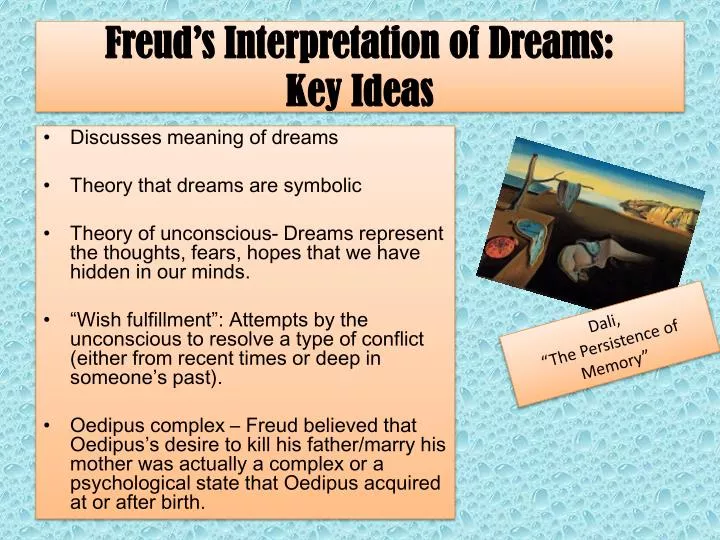
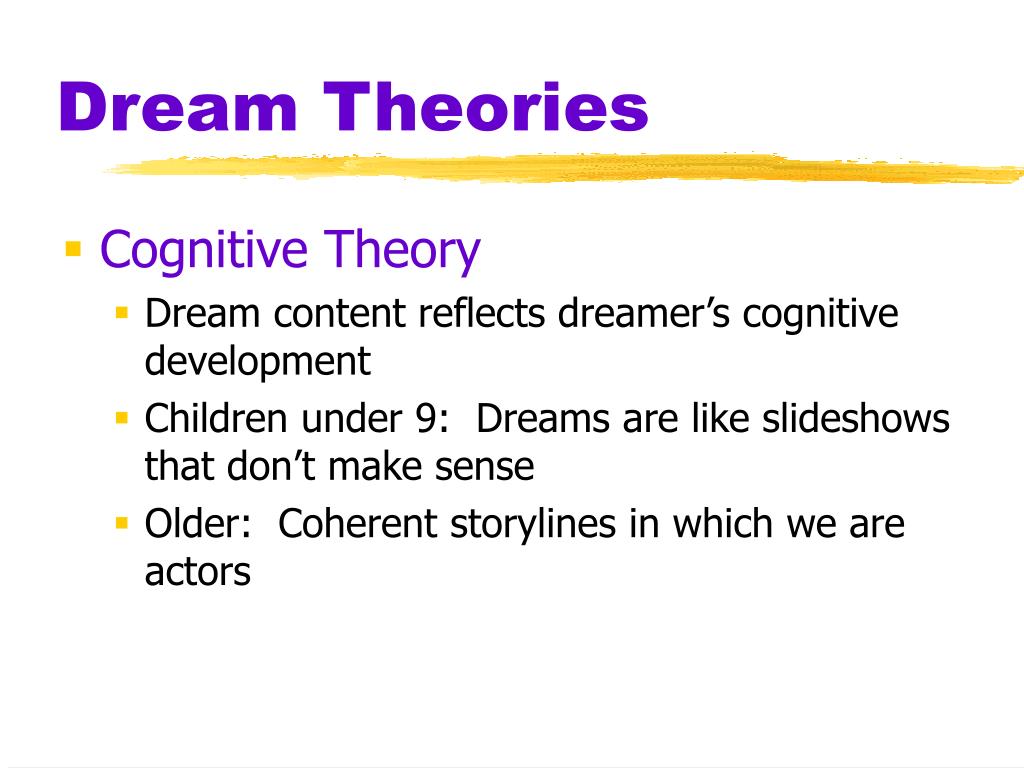

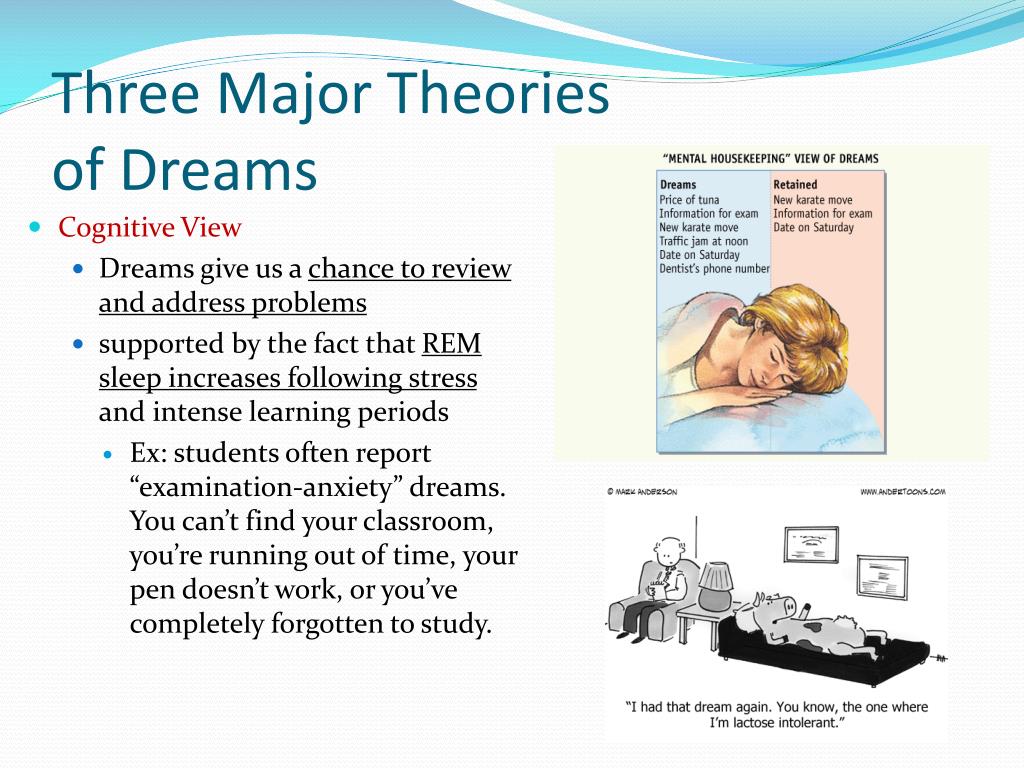
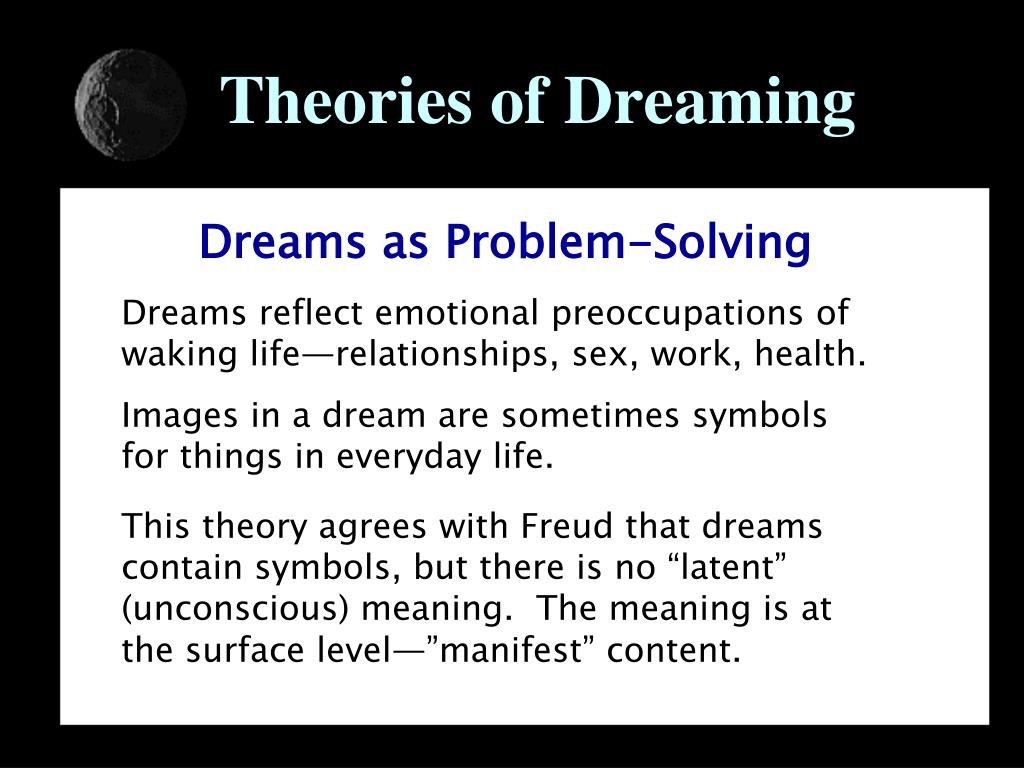
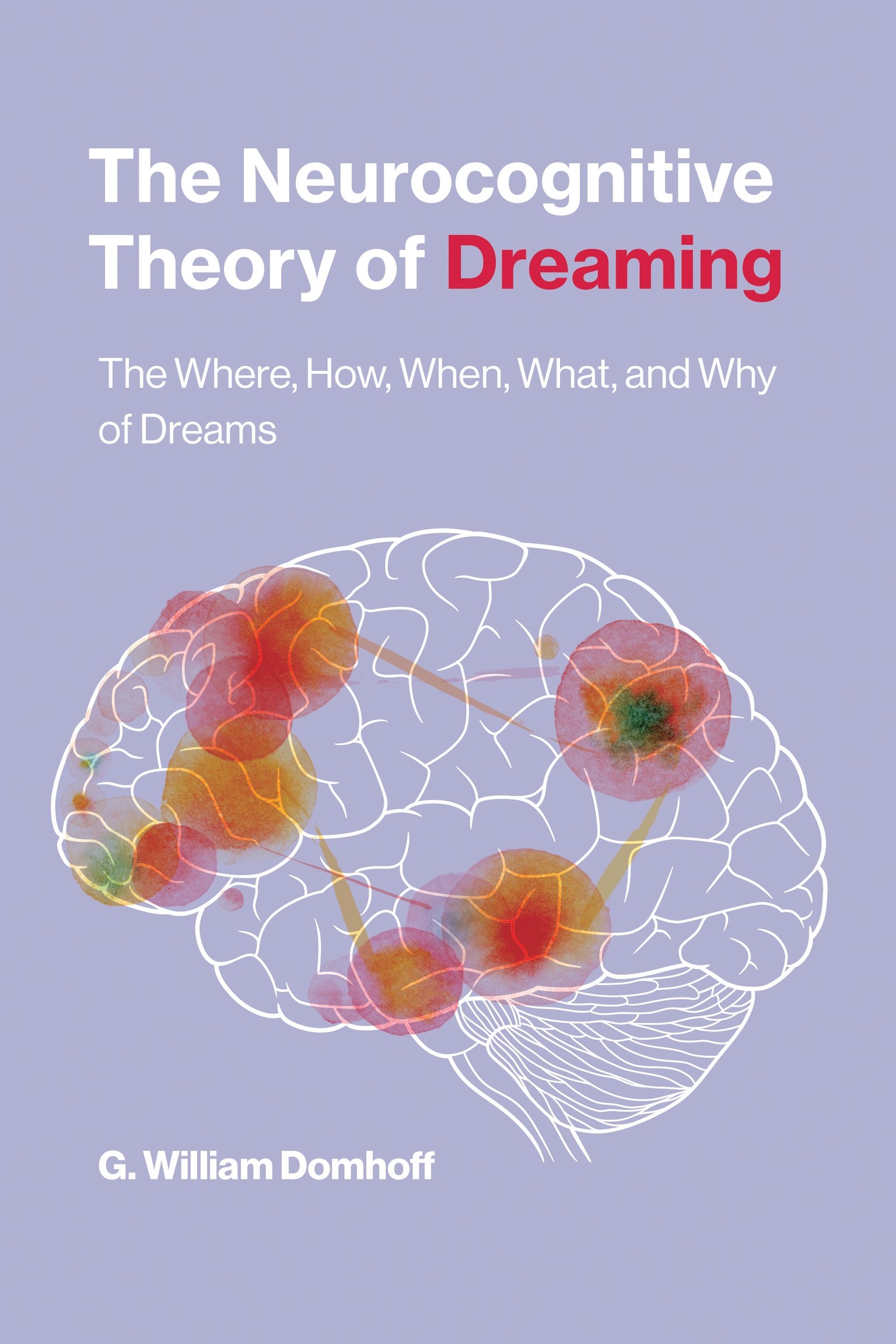
:max_bytes(150000):strip_icc()/what-is-the-activation-synthesis-model-of-dreaming-2794812-v1-5c6da7ab46e0fb00012d31cd.png)

